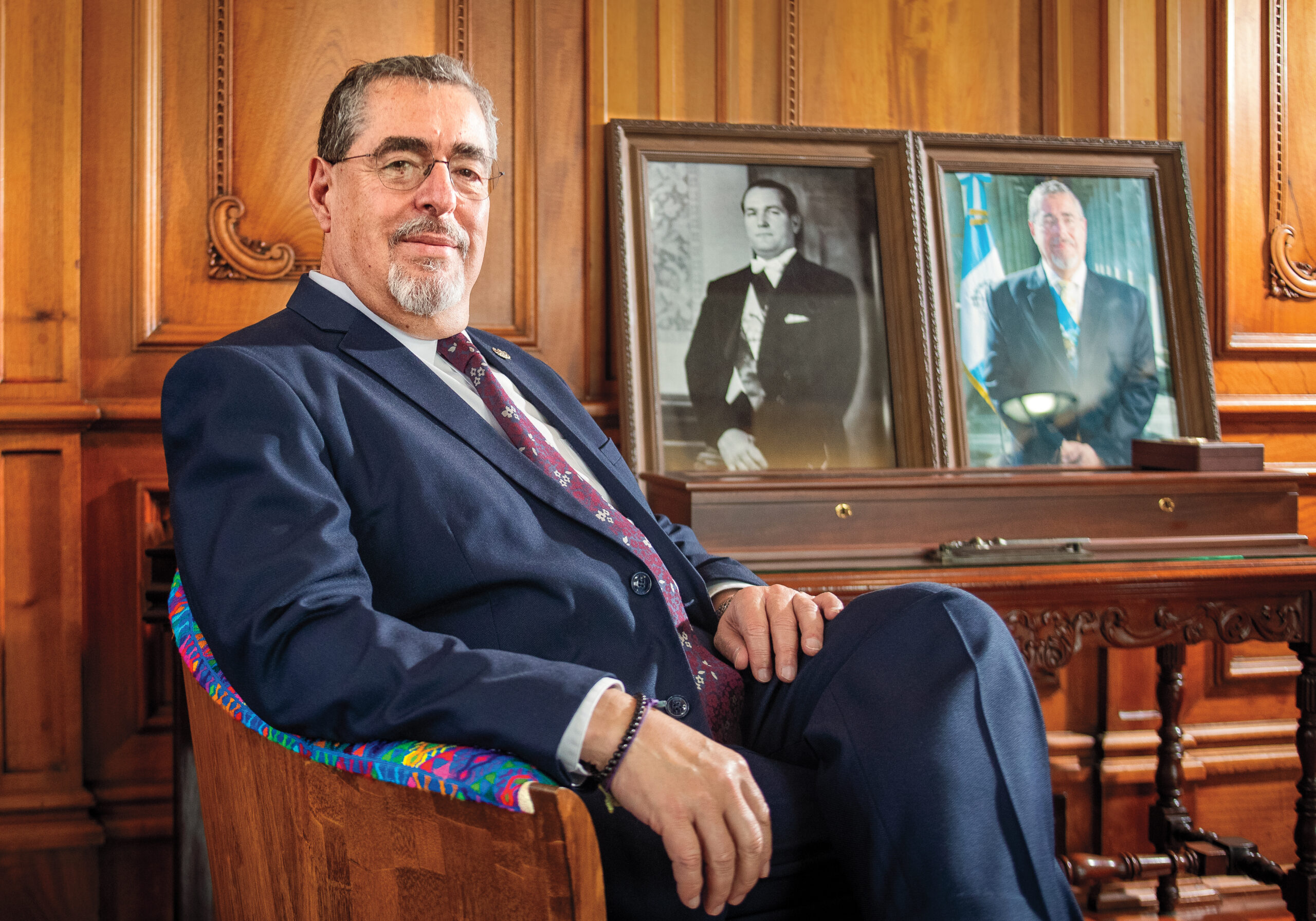President Leonel Fernández on the Dominican Republic's Economic Position
President Leonel Fernández on the Dominican Republic's Economic Position
The Dominican president outlined his country's economic successes in recent years while highlighting areas for future growth and investment. “We once produced jobs to survive," said Fernández. "Now we need to produce jobs that improve workers’ lives."
In September 24 remarks to the Americas Society and Council of the Americas, President of the Dominican Republic Leonel Fernández gave an overview of not only how his country weathered the economic storm, but his long-term goals. When presenting Fernández, AS/COA President and CEO Susan Segal said that, under his watch, “the Dominican Republic has proven to be a stalwart example for the Caribbean.” Fernández pointed out that, even as the world hit hard economic times last year, Dominican GDP growth rates were the highest in Latin America at 3.5 percent. He forecast that, in 2010, growth would rebound to rates as high as between 6.5 and 7 percent. But, he noted, to achieve future growth takes investment in human capital through education and innovation.
Despite the strong showing of the Dominican economy in recent years, Fernández warned that a weak U.S. recovery and potential deflation could have a negative effect on Latin American economies that look to the U.S. market. “We are not immune to the pendulum” between calls for and against government spending in the United States, he said. With that in mind, he noted that his government has an economic plan to ensure growth over the next 30 years. Through innovation, food production, transportation, and improved health services, a revolution can occur to create a better future for the Dominican Republic, he remarked. Areas where the country has and can have continued success include in the areas of agricultural exports, tobacco, and new approaches to tourism that will attract more exclusive travelers.
Moreover, Fernández said there was a need see the positive side of globalization and integration. He said that the Dominican Republic could play a central role in the global production chain. But he also commented that long-term goals required better living standards for Dominicans, saying: “We once produced jobs to survive. Now we need to produce jobs that improve workers’ lives,” he said. He called for tighter links with Florida, given that the Dominican Republic constituted the second-biggest Latin American trading partner for that state, which is also the United States’ fifth biggest state in terms of the size of technology industries.
The president also pointed out the close connection between New York and the Dominican Republic, calling New York City his country’s “second city” after Santo Domingo, given that one million Dominicans call it home. On top of that, there are 40,000 Dominicans enrolled in the City University of New York alone. He added that this means “we have young bilingual and bicultural Dominicans who are eager to make a contribution to the Dominican Republic." Fernández highlighted a scholarship program sponsored by his country’s government that would allow 10,000 students to study abroad and bring expertise back to the Dominican Republix. “In the past we feared ‘brain drain,’” he said. “Now we have ‘brain gain.'"








